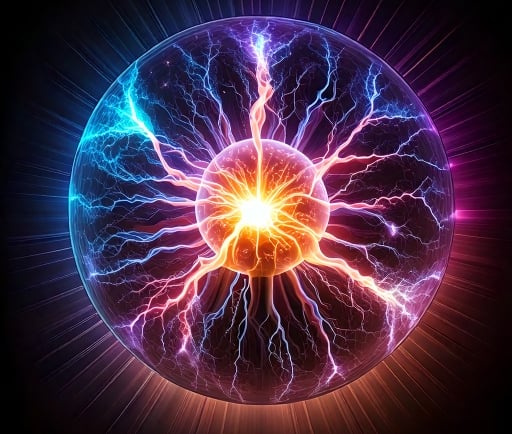Different Forms of Matter: From Fermionic Condensates to Plasmas


Introduction to the Forms of Matter
Matter is the substance of the physical universe, existing in various forms and phases. Among the most intriguing are fermionic condensates, superfluids, plasmas, and Bose-Einstein condensates. Each form showcases unique properties and behaviors that challenge our understanding of quantum mechanics and thermodynamics.
The Nature of Fermionic Condensates
Fermionic condensates are formed when fermions, which are particles that follow the Pauli exclusion principle, pair up at ultra-low temperatures. This pairing results in a collective state that resembles superconductivity, allowing particles to behave as a cohesive whole. This state emerges near absolute zero and is pivotal for research in quantum physics, as it offers insights into phenomena related to atomic interactions and superconductivity.
The Remarkable Properties of Plasmas
Plasma, often referred to as the fourth state of matter, consists of ionized gases with free-moving charged particles. This state is fundamental to many cosmic phenomena, such as stars and solar flares, and plays a crucial role in technologies like fluorescent lights and plasma televisions. The unique characteristics of plasmas, including their responsiveness to magnetic and electric fields, allow scientists to investigate their behavior in various fields, including fusion energy research.
Understanding Superfluids and Bose-Einstein Condensates
Superfluids exhibit frictionless flow, existing at extremely low temperatures where quantum mechanical effects dominate. They provide a fascinating contrast to ordinary fluids, enabling researchers to study quantum phenomena on a macroscopic scale. Similarly, Bose-Einstein condensates occur when bosons are cooled to temperatures very close to absolute zero, causing them to occupy the same quantum state. Both superfluids and Bose-Einstein condensates challenge classical physics views, demonstrating quantum entanglement and coherence in macroscopic systems.
Conclusion
Understanding the different forms of matter—fermionic condensates, plasmas, superfluids, and Bose-Einstein condensates—provides profound insights into the nature of the universe. As scientists continue to explore these states, we gain invaluable knowledge that transcends traditional physics, inviting new technological advancements and a deeper comprehension of the cosmos. The study of these unique forms of matter stands at the intersection of theoretical and experimental physics, pushing the boundaries of what is possible.
